kagoshima, satsuma today
Satsuma Today: Five Amazing Sights in Kagoshima

Tokyo Terry
Posted on June 25, 2024
Share:
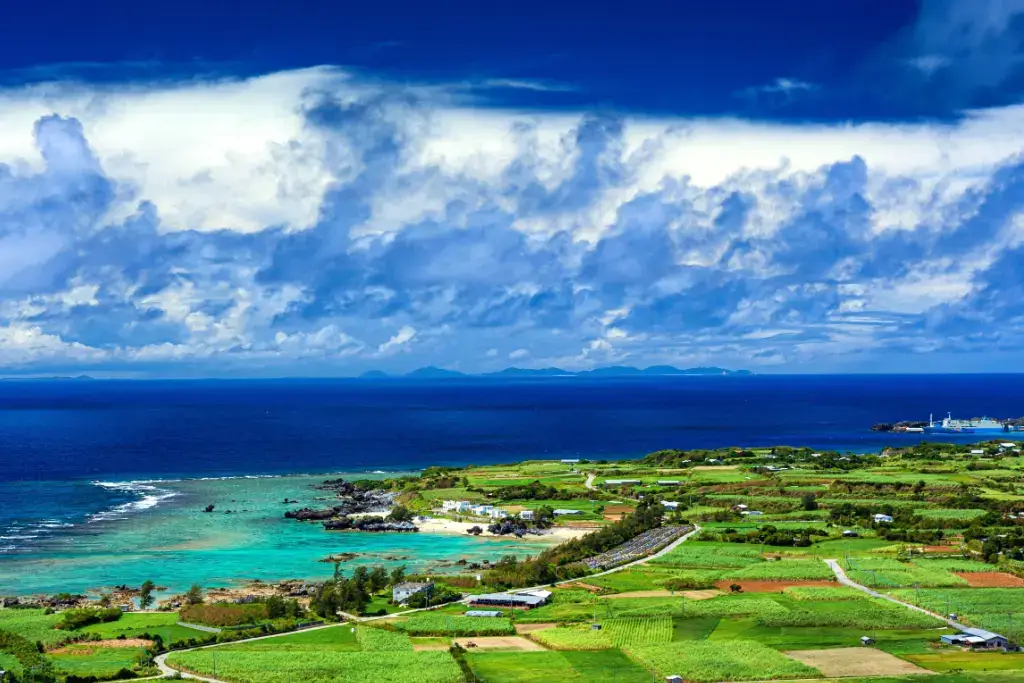
At first glance, the Satsuma region in Kagoshima Prefecture may seem a bit isolated and off the beaten path. Its location at the southernmost tip of Kyushu means it’s not easily visited on the way to somewhere else. It is most well-known for its active volcano, but it also offers a selection of other attractions despite its laid-back atmosphere.
These include hot springs, historical sites, museums, and beautiful observation points. And it’s pretty convenient to navigate its relatively small size, as its public transportation boasts bus and ferry services. Today, we’ll examine five of Satsuma’s cultural and scenic attractions.
Satsuma Peninsula
The Satsuma Peninsula extends about 50 kilometers south from Kagoshima City to form the southwestern portion of Kagoshima Prefecture. During the Edo period (1602-1871), the Tokugawa Shogunate governed its domain. Not to mention, its hot summers, mild winters, and rural charm make it an ideal destination for those seeking relaxation.
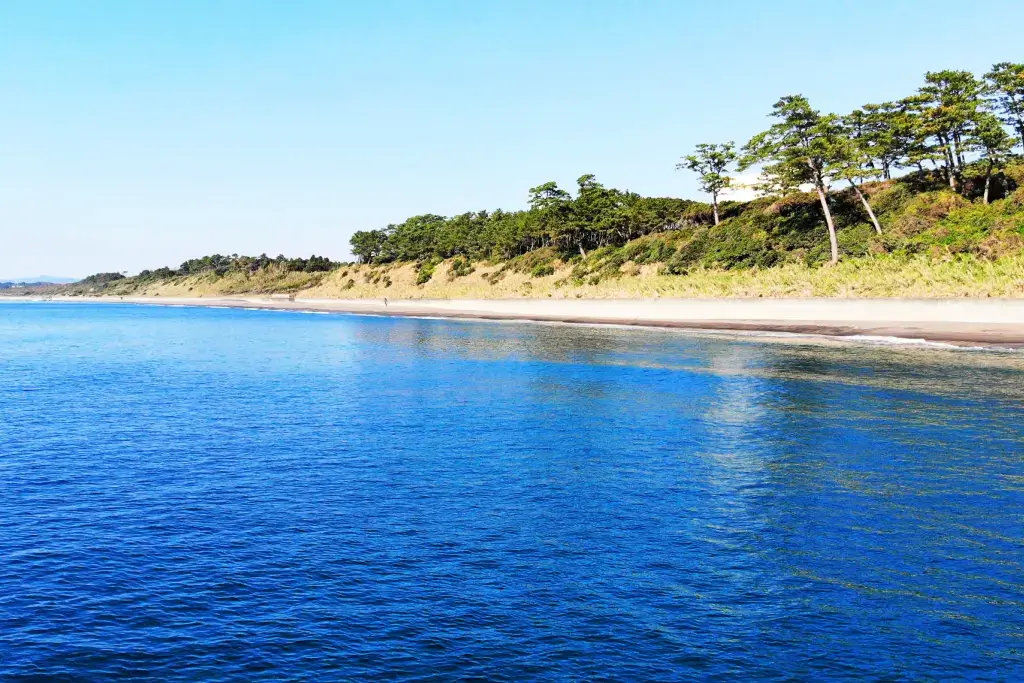
The Ibusuki hot spring resort is famous among the area’s hot springs for its unique sand bath experience. Cape Nagasakibana marks the peninsula’s southernmost point and provides amazing coast views. The well-preserved Chiran Samurai District offers a glimpse into samurai history. Because of its location, the peninsula experiences a lot of rain, so be aware of this when you plan your visit, especially if your trip is in June or July.
Mount Sakurajima
Mount Sakurajima is considered Japan’s most active volcano. After its 1914 eruption, it was connected to the Osumi Peninsula, and this former volcanic island became part of Kagoshima City. Luckily, it only has the occasional minor eruptions today. When it does erupt, it is pretty standard for every surface in the vicinity to become covered with ash.
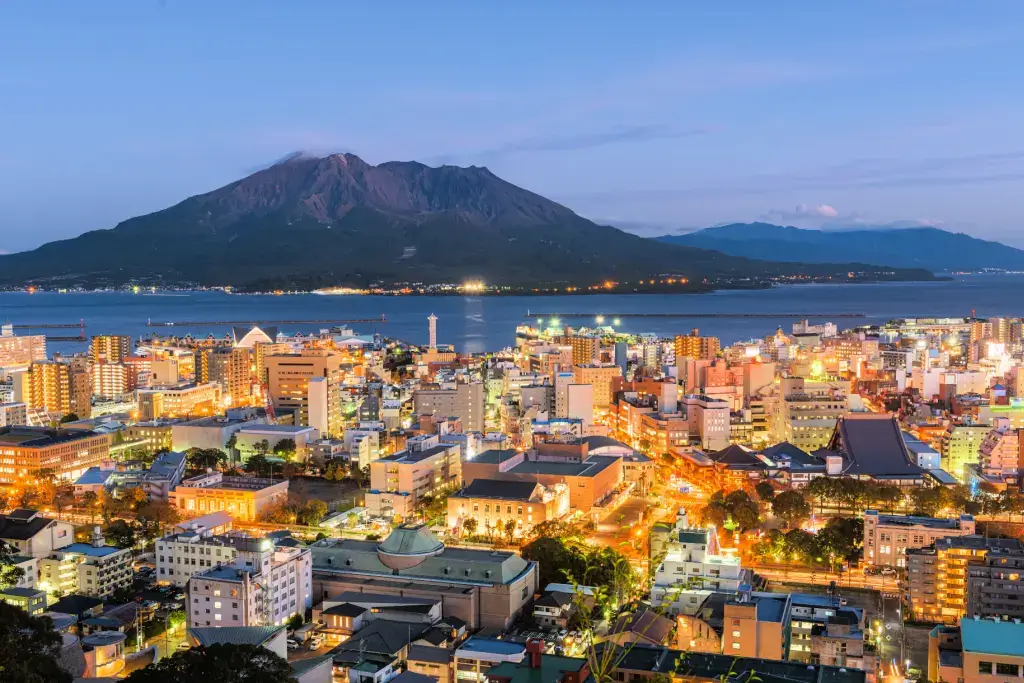
The area immediately surrounding the volcano has a population of a few thousand permanent residents. So there are shrines, shops, and even schools on the plains around the volcano. This is likely why the Sakurajima Ferry from downtown Kagoshima runs 24 hours daily.
Besides the volcano, Sakurajima is also famous for local pottery made from volcanic ash. This ash also makes the soil in the area quite suitable for growing crops. So visitors also make the trip for Sakurajima radish (daikon) and oranges (komikan). There are numerous hiking trails, but rental cars, buses, and bicycles are also available.
Are you looking for amazing snacks while traveling through the former Satsuma Province? Check out Sakuraco! Sakuraco delivers traditional Japanese snacks, teas, and sweets from local Japanese makers directly to your door so you can enjoy the latest treats directly from Japan!
Shiroyama Park
Shiroyama Park is located in downtown Kagoshima, and the Shiroyama Observatory is its biggest attraction. At about 100 meters above sea level, this park provides excellent views of Kagoshima City, Kagoshima Bay, and Mount Sakurajima. The observatory is open from October to March, 5:30 a.m. to 11:00 p.m., and the admission fee is 3000 yen. Shiroyama is also in the middle of the city, so it’s easy to find. Generally, several buses leave Kagoshima Chuo Station and pass by the site every 25 minutes.
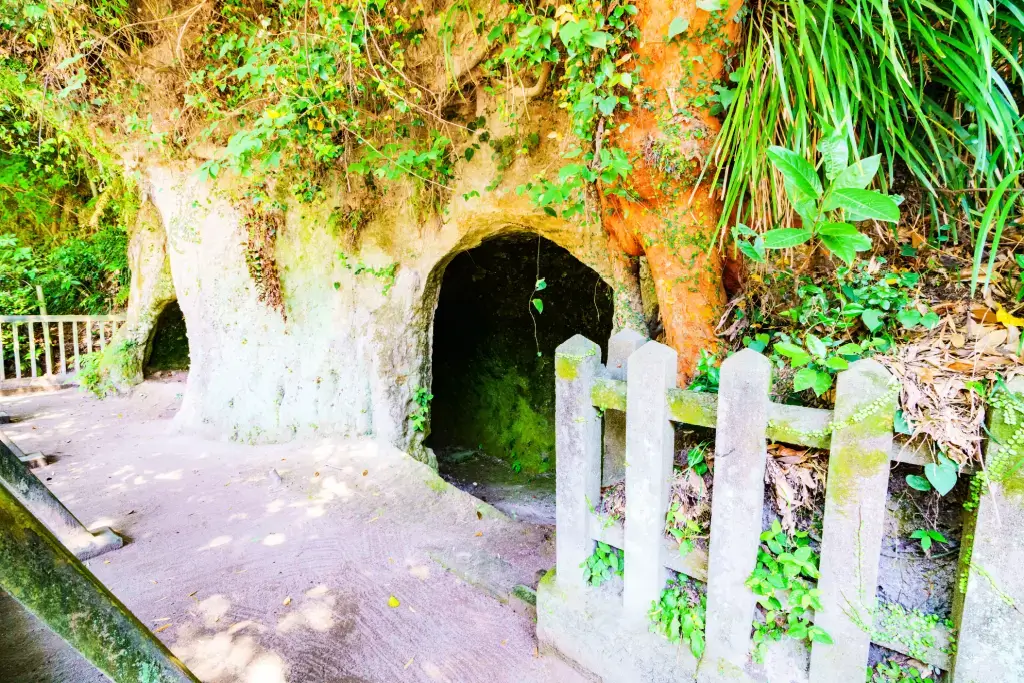
After exploring the park, you can rest at the Satsuma no Yu outdoor hot spring bath at Castle Park Hotel. It’s not too far away, and you can enjoy the onsen even if you’re not staying at the hotel. The park’s name means “castle mountain,” a clue to its history as a former stronghold. In 1877, the final battle of the Satsuma Rebellion took place at this very spot. Saigo Cave is where Saigo Takamori fell in his final battle. Presently, the Reimeikan Museum is located on the castle’s original grounds at the foot of the mountain.
Reimeikan Museum
The Reimeikan Museum is a large museum that specializes in the culture of the local region. It contains three spacious floors containing various exhibits related to Kagoshima’s history from ancient to modern times. One uniquely exciting exhibit is a detailed diorama of downtown Kagoshima during the Showa Period.
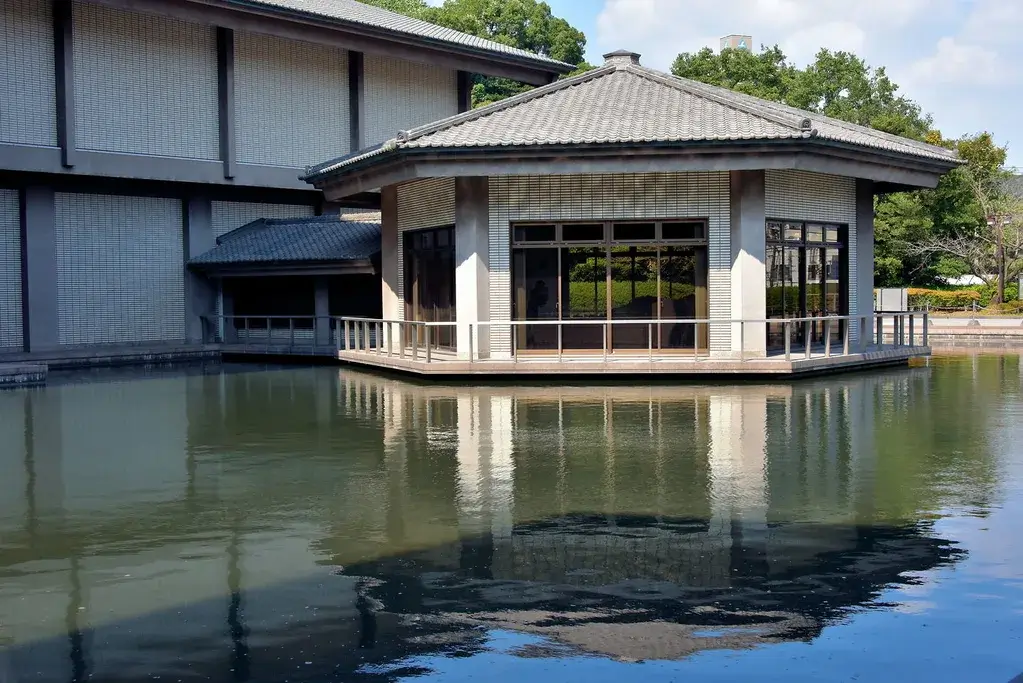
The museum was built on the site of Tsurumaru Castle, which is still surrounded by parts of the old moat and stone walls. Its location at the foot of Mount Shiroyama means other cultural attractions are within walking distance. Additionally, the Saigo Takamori statue, the Meiji Restoration leader, is only a few minutes away in Shiroyama Park. If you prefer not to walk, Reimeikan is also accessible via the City View Bus. The museum is open from 9:00 am to 6:00 pm and charges a reasonable admission fee of 410 yen.
Senganen Garden
Senganen Garden (also known as Isoteien) is a scenic, Japanese-style garden north of downtown Kagoshima. People worldwide travel to Kyushu to appreciate its stunning views of Sakurajima and Kagoshima Bay. The garden’s incorporation of this famous landscape into the backdrop of its design is undoubtedly its most striking characteristic. Isoteien uses various flora to highlight its ponds, streams, and shrines yearly. Additionally, different varieties of cherry trees, like the kanhizakura flower, are present in spring. And its bamboo grove is beautiful all year round, even without flowers.
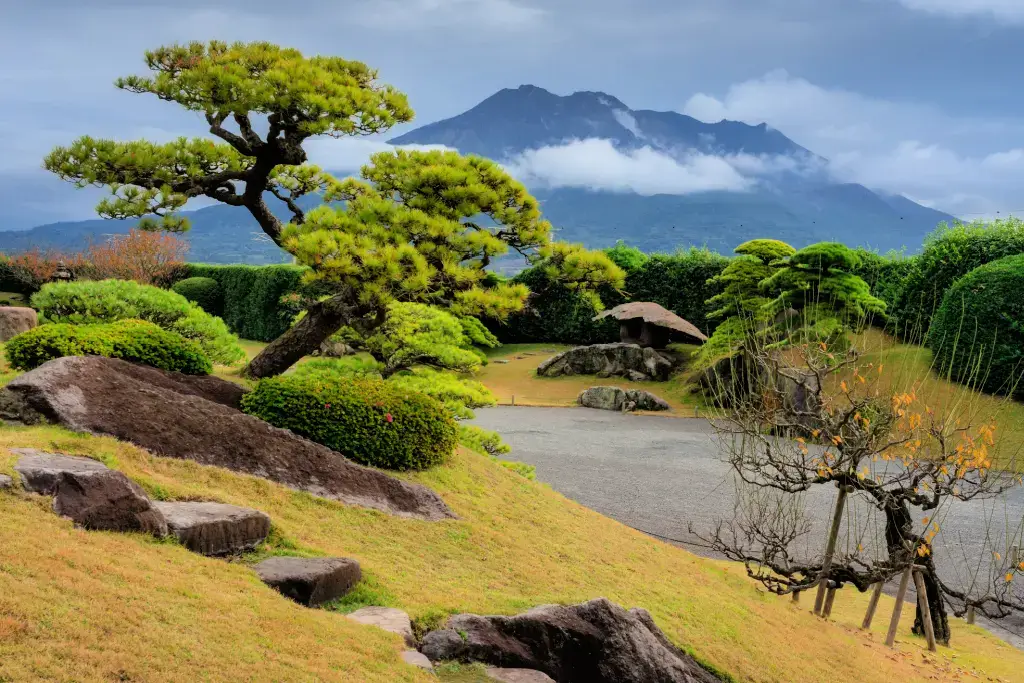
The garden also has historical significance—the Shuseikan Industrial Complex on its grounds produced iron for ships and cannons during the Edo period. The Iso Residence at the garden’s center was originally built in 1658. Some of its structures have even received World Heritage status. From Kagoshima Station, Senganen is also accessible in 45 minutes using the City View Bus or 30 minutes with the Machimeguri Bus. The garden and museum are open from 9:00 am to 5:00 pm, and admission is only 1000 yen.
Why should I visit the former Satsuma Province?
This former province offers many ways to learn about its history and ample opportunities to enjoy its natural scenery. Mount Sakurajima is just a ferry ride away if you are seeking adventure. For a more relaxing experience, unique hot springs and gardens with bay views are easily accessible by bus.
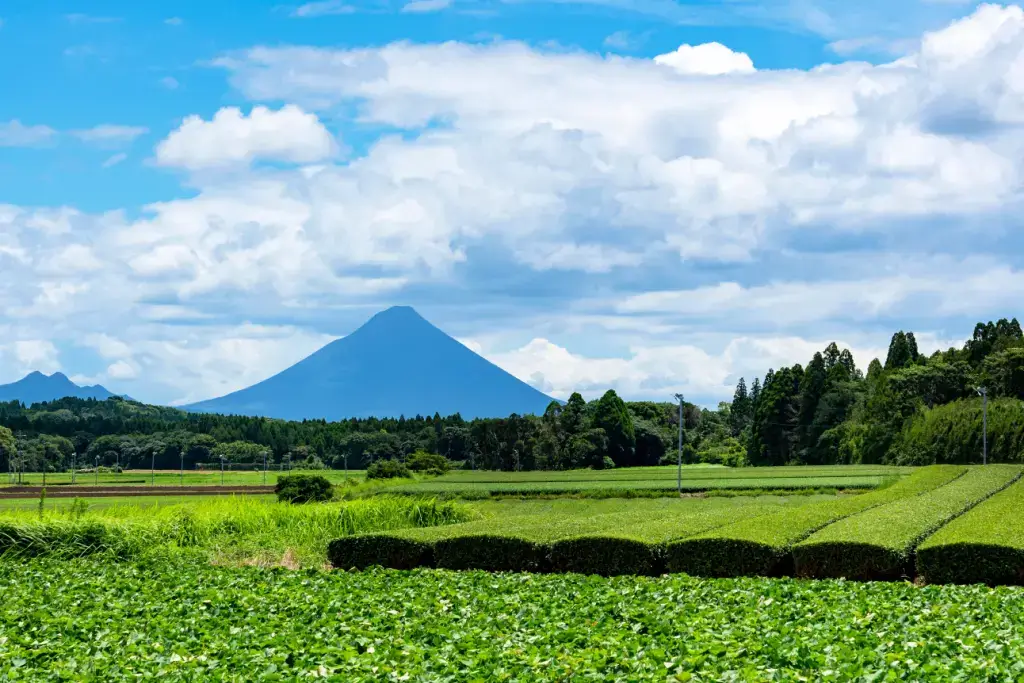
And for souvenirs, Satsuma’s ash pottery is available nowhere else. Be sure to add this region of Japan to your destination wish list. Have you visited Kagoshima? Which of the destinations above was your favorite? If you know of any other attractions in the area, please share them below!

Discover authentic flavors with Sakuraco
Get Sakuraco 

Discover authentic flavors with Sakuraco
Get Sakuraco 
Related Articles
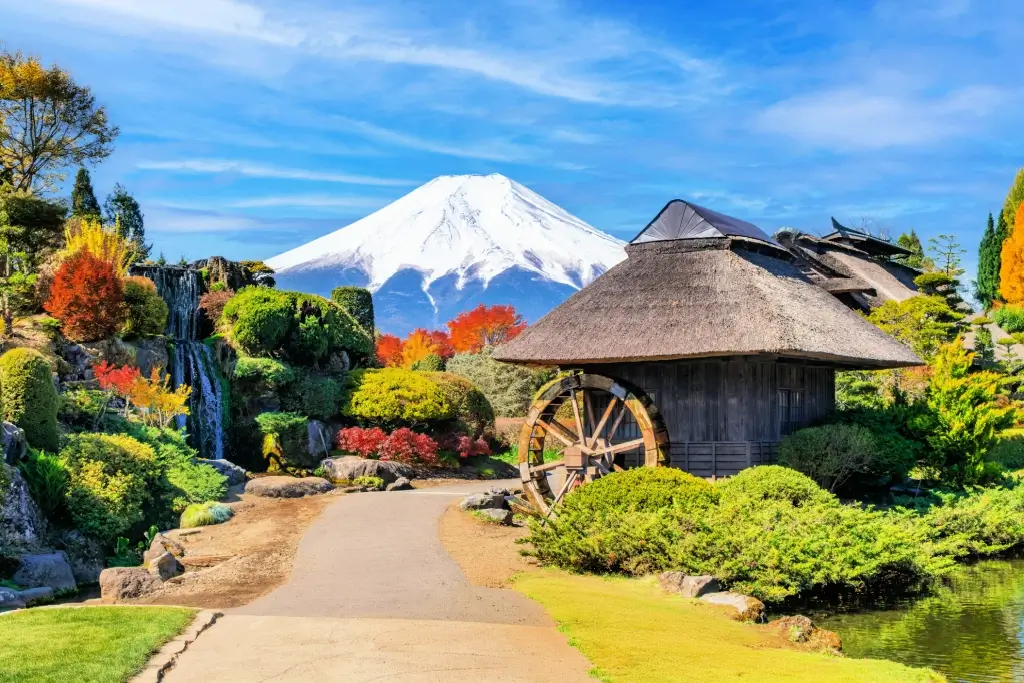
Best Time to Visit Japan: Nine Great Regions!
Japan is famous for its numerous beautiful natural landscapes and its ancient cultural traditions, which are still preserved today. Is now the best time to visit Japan? Let’s explore the nine regions of this nation and what makes each unique.
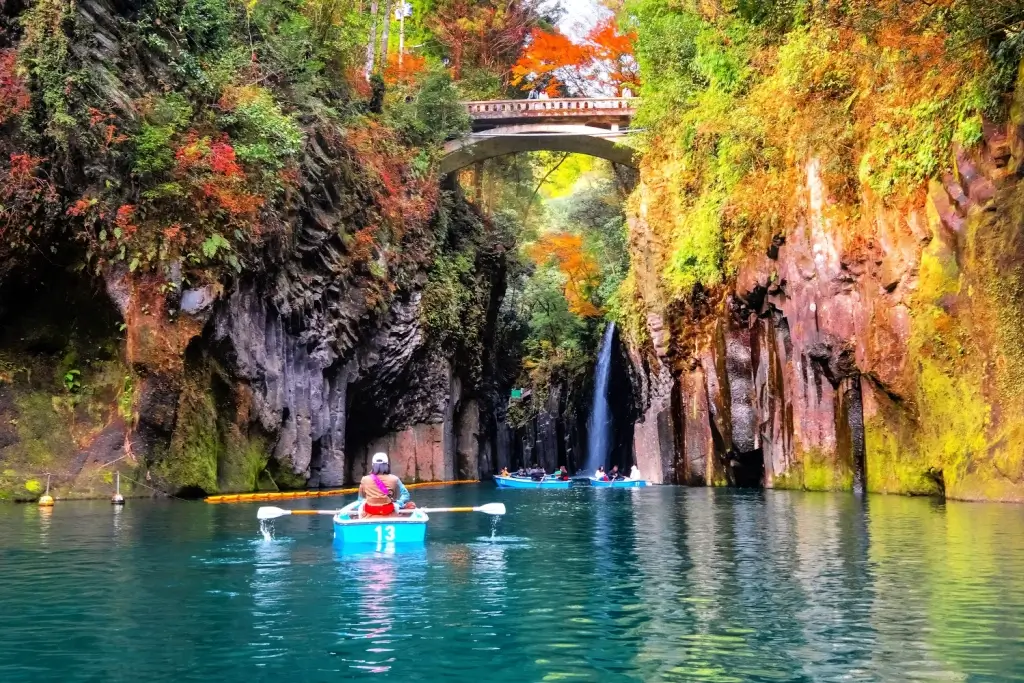
Kyushu Region: The Subtropical Island of Japan!
The Kyushu region in southern Japan offers natural beauty, rich history, and culinary delights. Comprising seven prefectures, Kyushu is full of attractions, from cities and volcanoes to hot springs and local food.

Kumamoto Food: Five Great Dishes to Try!
Whether exploring Kumamoto Castle or soaking in hot springs, sampling this prefecture’s signature dishes is essential to the experience!

Fukuoka Travel: Enjoy Shopping and Sightseeing!
As one of Japan’s oldest and most culturally significant cities, Fukuoka must be on your following Japanese itinerary!



